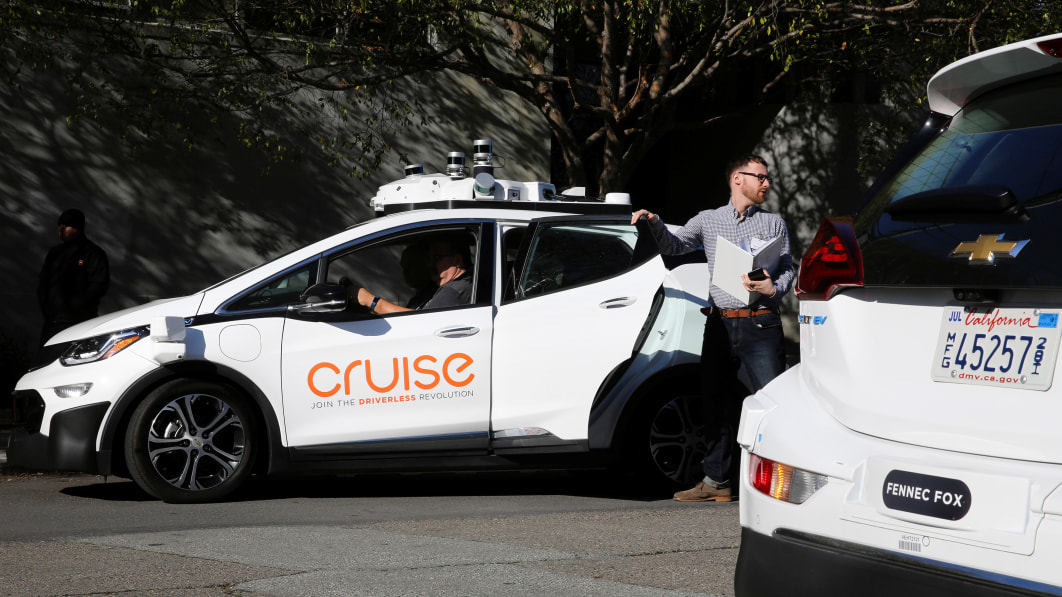diplomat33
Average guy who loves autonomous vehicles
I firmly believe we should compare AV performance to the very best human drivers at their best. Even though most accidents are caused by some of the worst drivers at their worst.
I agree. That is why Waymo measures their AV performance against the ideal human driver that is always attentive, never impaired, always eyes on the road.







